Infected teeth can result in severe pain, swelling and in some cases even death if the infection spreads to the bloodstream or other areas of the body.
It wasn’t all that long ago when the only choice was to pull an infected tooth to avoid further health complications, but that’s no longer the case.
Today, a successful root canal treatment, otherwise known as endodontic treatment, lets you keep the tooth rather than lose it for good.
Keeping your tooth helps to prevent your other teeth from drifting out of line and causing jaw problems. Saving a natural tooth also avoids having to replace it with an artificial tooth.
If you’re nervous about your upcoming root canal treatment, there’s no reason to fret. Let’s take a look at how exactly this common dental procedure is done.
Who Performs A Root Canal Treatment?
While root canal procedures are taught in all dental schools and is usually performed by your general dentist, in some cases, you may be referred to an endodontist if your dentist does not do root canals or if the tooth presents with unusual circumstances. Most root canals are very simple and straightforward (for the dentist) but some teeth can have difficult anatomy making them more challenging. In those cases, your general dentist may recommend seeing an endodontist.
An endodontist is a specialist who has completed a university post-graduate specialty program in the study of root canals and will have a wider experience level, knowledge base and skill set to deal with the most complicated of root canals.
What Exactly Is Root Canal Treatment?
Root canal treatments may be difficult to explain so I’m going to break this down for you.
There is a space inside the hard layers of each tooth forming a tube or canal and this is what is called the root canal system. This area is filled with soft dental pulp made up of nerves and blood vessels that help your tooth grow and develop. This is what allows your teeth to feel pain, hot, cold etc.
In most cases, the tissue inside the tooth continues live as long as the tooth is present. However, bacteria from cavities or trauma from multiple or deep fillings, clenching, grinding and or blows will also cause the cells of a tooth to die. Cells dying leaves an ideal space for bacteria to grow and multiply. This is because there is no longer any blood supply or immune system within the tooth to fight off the bacteria.
Once bacteria are within the tooth, they come out at the end of the root and create an infection at the tip of the root within the bone and/or soft tissue. This is what typically causes a toothache and infection, also known as an abscess.
A root canal involves removing dead and infected tissue from within a tooth and replacing it with a filling material to prevent bacteria from re-entering the tooth. The only alternative to a root canal is removing the tooth completely.
1. Numbing
Let’s face it; root canals have a bad reputation for being painful. Thankfully, the pain factor is in the past. Today, anesthetics work much better and we have more techniques available to numb the tooth than previous generations of dentists did not have.
If you’re still feeling unnerved about the procedure, you may consider asking for a sedative to help you relax.
2. Application of the Rubber Dam
To protect your tooth from bacteria in your saliva during the treatment, a rubber dam will be placed around the tooth being treated.
3. What the Buzz is all About
The inside of each tooth has one to several tubes or canals that contain a nerve, tissue and capillaries that will need to be cleaned out. Your dentist will make an opening in the tooth to reach the root canal system and the damaged pulp by using very fine dental instruments. Remember, the anesthetic will ease the pain significantly.
4. Seal the Area
Once cleaned and shaped, the tooth canal(s) are filled with a filling material (either temporary or permanent) to seal the tooth and keep bacteria from re-entering. Your dentist may use a permanent filling or a crown to restore your tooth. The choice of restoration will depend on the strength of the part of the tooth that is left. A back tooth will likely need a crown because chewing puts a great deal of force on back teeth. If there is not enough of the tooth left, posts may be used to help support the crown.
5. What Happens After A Root Canal?
Just because you’ve had a root canal, doesn’t mean you can forget about your tooth. While your root canal may have saved your tooth from infection, it will not protect it from cavities, fracture or other types of damage. Proper oral hygiene is key to avoid getting a cavity or gum disease after a root canal treatment.
6. Controversy regarding the Health Effects of Root Canals
On the Internet, there is plenty of information and questions regarding the health effects of root canals. To cover this topic thoroughly requires another blog post, but I cannot finish this without at least mentioning a few things.
Some studies have shown that root canals, even when done perfectly well, may be harmful. This is because of the difficulty in eliminating 100% of the bacteria or toxins within the tooth, especially considering the tooth consists of miles of dentinal tubules which can harbour the bacteria.
Weston Price was a dentist who did a number of studies at the Mayo clinic in the 1930’s and his results showed that root canaled teeth can cause disease. George Meinig, a retired endodontist, re-published Dr. Price’s works in “Root Canal Cover-up” in 1993 and brought some of these issues into public awareness. Most of the concerns arise from these publications.
To create a “better root canal” and counteract theses issues, there are many things that can be done to more effectively sterilize the tooth…. from different filling materials to other adjunctive techniques such as lasers. At this point the subject is still controversial, with dental associations claiming root canals are safe, to certain dentists who profess that no one should ever have a root canal and that they should be extracted.
My professional opinion is “sitting right on the fence”. I have seen patients with root canals and certain health issues that inexplicably improved when their root canaled teeth were removed. However, if I recommended all my patients to have their root canals extracted, although it would do wonders for the business of my practice, I am not convinced that it would be in every patient’s best interest. A thorough exam, discussion and consultation is best before any major decision and it may be that some teeth are desirable to remove whereas others can stay. Ultimately, the decision is yours and you have to be comfortable and confident in your decision.
I will do a more detailed discussion on root canals and alternative treatments in a future blog post.
Final Thoughts
While nobody wants to get a root canal, hopefully the procedure is a lot less scary when you know what needs to be done and the process involved. The real terror is what could potentially happen if you neglect your infected tooth – infection can spread and become painful or even life threatening.

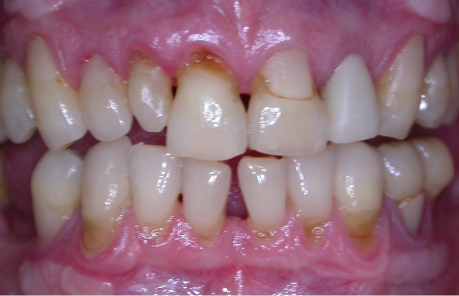
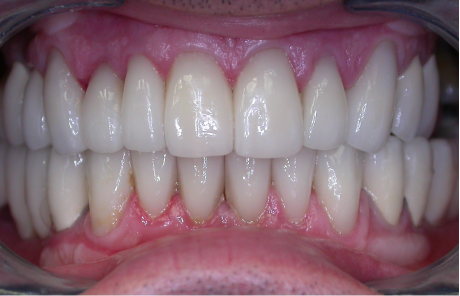
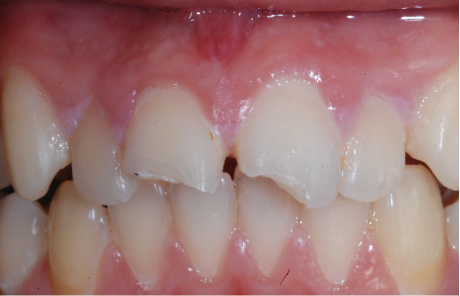
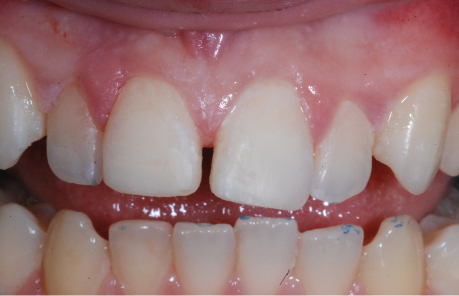
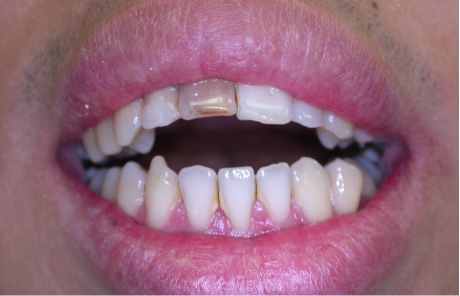
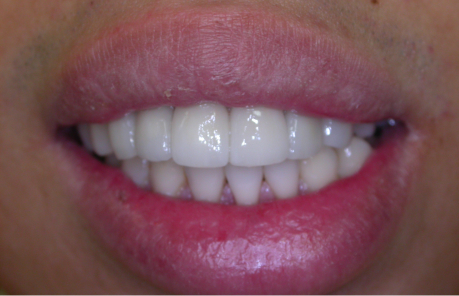
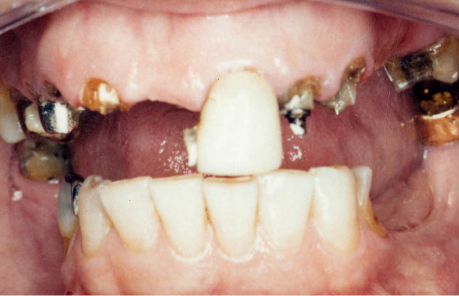
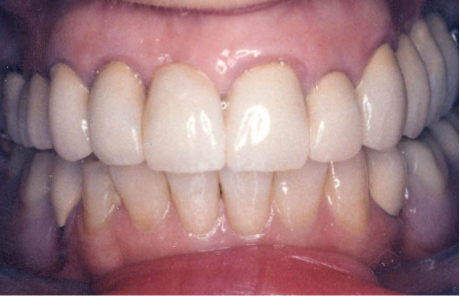
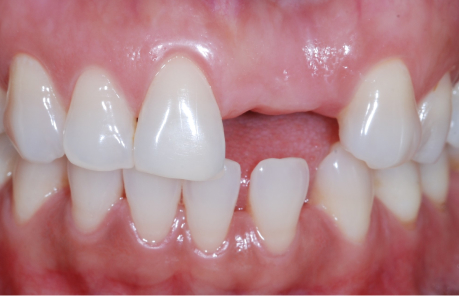
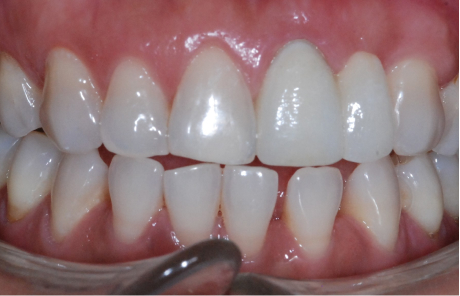






1 thought on “How Is A Root Canal Done?”
Thank you for all this great information about how a root canal is done! One thing that really stood out to me is that they actually have different options for filling the tooth! It’s nice to know that you will have some options when fixing up your teeth.